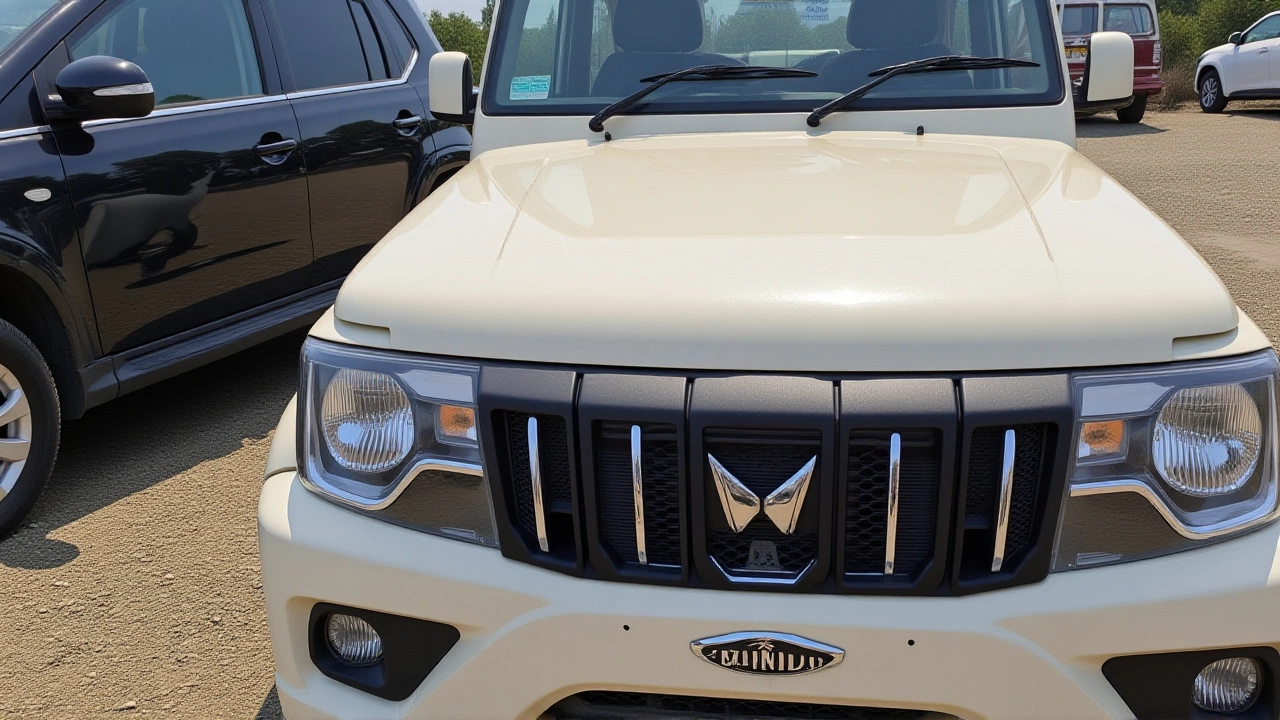Compact SUV Guide – What You Need to Know
When talking about compact SUV, a smaller sport‑utility vehicle that blends car‑like maneuverability with the higher seating position of an SUV. Also known as subcompact SUV, it appeals to city drivers who need cargo space without the bulk of a full‑size model. Mahindra, an Indian automotive manufacturer known for rugged SUVs and tractors has recently announced a price hike, an increase of up to 3% on many of its SUV models starting April 2025 due to rising input costs. This move reflects a broader shift in the Indian auto market, the ecosystem of manufacturers, dealers, and consumers that together shape vehicle supply and demand across the country. A key concern for buyers is fuel efficiency, the distance a vehicle can travel per litre of fuel, which directly impacts running costs. Compact SUVs usually offer between 15‑20 km/l, striking a balance between power and economy. compact SUV enthusiasts often cite the blend of urban agility, higher driving position, and moderate cargo capacity as the main draw. As manufacturers tweak designs, the segment now includes hybrid and electric variants that push fuel efficiency even higher while keeping the footprint small.
Why the Segment Is Growing and What to Watch
The rise of compact SUVs is driven by several linked factors. First, the segment encompasses younger professionals who want a stylish ride without the parking headaches of larger models. Second, the requires manufacturers to invest in lighter platforms, which in turn influences overall vehicle pricing. Recent data shows that a 3% price hike on Mahindra’s lineup can ripple through dealer margins, affecting affordability for first‑time buyers. At the same time, policy changes around emission norms push brands to improve fuel efficiency, making hybrid compact SUVs more attractive. Buyers also pay close attention to after‑sales service networks, as a strong dealer presence can offset higher upfront costs. In regions where road conditions vary, the higher ground clearance of compact SUVs offers a practical advantage over traditional hatchbacks. Finally, the growing availability of financing options through banks and NBFCs helps mitigate the impact of price adjustments, keeping demand steady.
Below you’ll find a curated set of articles that dig deeper into each of these angles – from Mahindra’s price announcement and its effect on the market, to comparisons of fuel‑economy figures across popular models, and tips on spotting the best deals in today’s auto landscape. Whether you’re planning to buy now or just keeping an eye on trends, the posts ahead give you the practical insights you need to make an informed choice.
Mahindra launches 2025 Bolero Neo facelift at Rs 8.49 lakh

Mahindra launches the 2025 Bolero Neo facelift at Rs 8.49 lakh, adding a new grille, dual‑tone roof and upgraded tech while keeping its rugged ladder‑frame chassis.